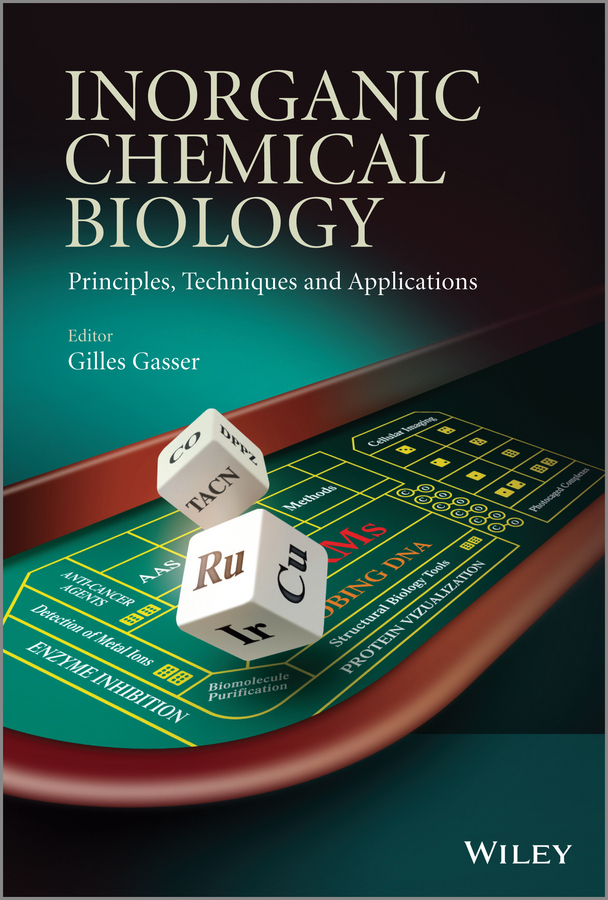Электронная книга: Gilles Gasser «Inorganic Chemical Biology. Principles, Techniques and Applications»

|
Understanding, identifying and influencing the biological systems are the primary objectives of chemical biology. From this perspective, metal complexes have always been of great assistance to chemical biologists, for example, in structural identification and purification of essential biomolecules, for visualizing cellular organelles or to inhibit specific enzymes. This inorganic side of chemical biology, which continues to receive considerable attention, is referred to as inorganic chemical biology. Inorganic Chemical Biology: Principles, Techniques and Applications provides a comprehensive overview of the current and emerging role of metal complexes in chemical biology. Throughout all of the chapters there is a strong emphasis on fundamental theoretical chemistry and experiments that have been carried out in living cells or organisms. Outlooks for the future applications of metal complexes in chemical biology are also discussed. Topics covered include:• Metal complexes as tools for structural biology • IMAC, AAS, XRF and MS as detection techniques for metals in chemical biology • Cell and organism imaging and probing DNA using metal and metal carbonyl complexes • Detection of metal ions, anions and small molecules using metal complexes •Photo-release of metal ions in living cells • Metal complexes as enzyme inhibitors and catalysts in living cells Written by a team of international experts, Inorganic Chemical Biology: Principles, Techniques and Applications is a must-have for bioinorganic, bioorganometallic and medicinal chemists as well as chemical biologists working in both academia and industry. Издательство: "John Wiley&Sons Limited"
ISBN: 9781118684252 электронная книга Купить за 14126.58 руб и скачать на Litres |
Другие книги схожей тематики:
| Автор | Книга | Описание | Год | Цена | Тип книги |
|---|
См. также в других словарях:
Chemical biology — is a scientific discipline spanning the fields of chemistry and biology that involves the application of chemical techniques and tools, often compounds produced through synthetic chemistry, to the study and manipulation of biological systems.… … Wikipedia
Chemical imaging — (as quantitative chemical mapping) is the analytical capability to create a visual image of components distribution from simultaneous measurement of spectra and spatial, time informations.[1][2] The main idea for chemical imaging, the analyst may … Wikipedia
Inorganic chemistry — For the journal, see Inorganic Chemistry (journal). Inorganic compounds show rich variety: A: Diborane features unusual bonding B: Caesium chloride has an archetypal crystal structure C: Fp2 is an organometallic complex D … Wikipedia
History of biology — For the video game, see History of Biology (video game). The frontispiece to Erasmus Darwin s evolution themed poem The Temple of Nature shows a goddess pulling back the veil from nature (in the person of Artemis). Allegory and metaphor have… … Wikipedia
Mathematics and Physical Sciences — ▪ 2003 Introduction Mathematics Mathematics in 2002 was marked by two discoveries in number theory. The first may have practical implications; the second satisfied a 150 year old curiosity. Computer scientist Manindra Agrawal of the… … Universalium
separation and purification — ▪ chemistry Introduction in chemistry, separation of a substance into its components and the removal of impurities. There are a large number of important applications in fields such as medicine and manufacturing. General principles… … Universalium
